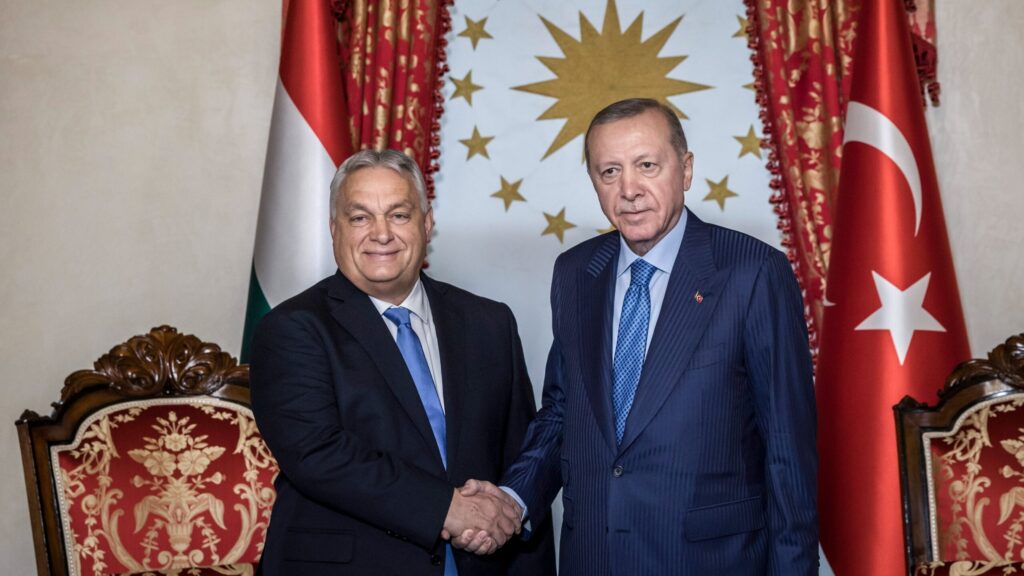Hungary observes 4 June as the Day of National Unity, declared in 2010 to commemorate the signing of the Treaty of Trianon in 1920. The treaty, imposed without Hungarian participation at the post-WWI Paris Peace Conference, marked a major geopolitical and emotional turning point in the nation’s history.
The Hungarian Parliament’s 2010 declaration states that ‘every Hungarian individual and community under various state jurisdictions is part of a unified Hungarian nation,’ emphasizing that this unity transcends political borders and is a core element of both personal and collective identity.
The Treaty of Trianon, signed on 4 June 1920, drastically reduced Hungary’s size and population. The country’s territory shrank from 283,000 to 93,000 square kilometres, and its population dropped from 18.2 to 7.6 million. Lands were ceded to neighbouring states:
- Slovakia, Subcarpathia, and northern Transdanubia to Czechoslovakia
- Transylvania and Eastern Banat to Romania
- Southern regions to the newly formed Kingdom of Serbs, Croats, and Slovenes
- Western Hungary (partially) to Austria
- Some northern areas to Poland.
As a result, roughly 3.2 million ethnic Hungarians—about a third of the nation—were left outside the new borders, many in contiguous communities near Hungary’s frontiers.
The treaty limited Hungary’s military to 35,000 troops, banned conscription, restricted heavy weaponry and arms production, and imposed reparations whose full cost was left undefined. The nation’s state revenues and assets were pledged as collateral. Hungary was also barred from forming alliances without League of Nations approval.
Economically devastating, the treaty transferred the majority of the Hungarian Kingdom’s farmland, forests, industry, and transportation infrastructure to other countries. Over 60 per cent of Hungary’s railways, roads, and financial institutions were lost.
The treaty ignored the ethnic composition of the affected areas, which was documented in the 1910 census, and although it included minority rights clauses, these were inconsistently enforced. The Hungarian parliament ratified the treaty in November 1920, referring to it as a product of coercion.
The Hungarian public reacted with collective grief. On the day of signing, church bells tolled, sirens wailed, flags flew at half-mast, schools and offices observed mourning, shops closed, and public transport paused in silent protest.
Efforts to revise the treaty became a central aim of Hungarian foreign policy between the wars. During WWII, through German-aligned agreements and actions (the Vienna Awards and military occupations), Hungary temporarily regained lost territories including parts of Slovakia, Subcarpathia, Northern Transylvania, and Vojvodina. However, the 1947 Paris Peace Treaty annulled these changes, largely reinstating the Trianon borders, with Czechoslovakia even gaining a few additional villages.
On the 100th anniversary of the treaty, Hungary inaugurated the National Memorial of Unity in Kossuth Square, Budapest. Opened in August 2020 due to COVID-19 delays, the monument features a 100-metre-long, gradually descending walkway. Its side walls are inscribed with the names of 12,485 settlements that belonged to historic Hungary in 1913, preserving their memory.
The memorial and the Day of National Unity serve not only to mourn territorial losses but to celebrate the enduring cultural, linguistic, and emotional bonds among Hungarians across borders.
Related articles:







